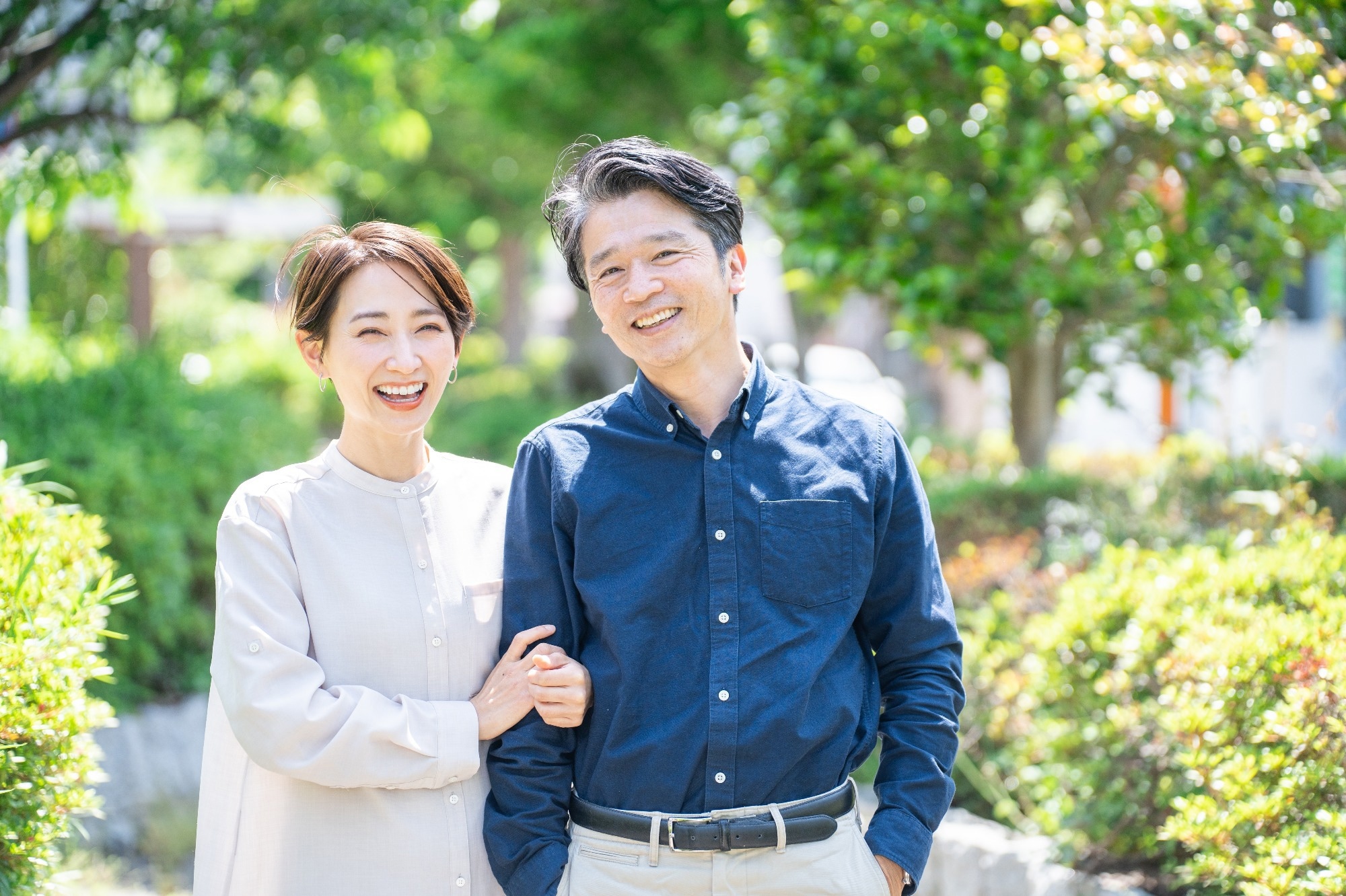In a recent study published in Nature Aging, scientists discuss new geroscience tools and methods to study how environmental exposures can impact the trajectory of aging and formulate strategies to delay or prevent disabilities and diseases attributed to aging.
 Study: To promote healthy aging, focus on the environment. Image Credit: polkadot_photo / Shutterstock.com
Study: To promote healthy aging, focus on the environment. Image Credit: polkadot_photo / Shutterstock.com
Background
The risk of numerous diseases, such as chronic obstructive pulmonary disease (COPD), Alzheimer’s disease, ischemic stroke, myocarditis, and musculoskeletal diseases, exponentially increases with advancing age.
Subclinical processes decrease with age, including reaction speed, muscle strength, wound healing, memory performance, organ system functions, and immunity. This aging-associated decline in physiological processes is more pronounced in some individuals than others, with a healthy lifespan often linked to wealth.
Since genetics account for less than 50% of the variation in chronic disease risk and less than 10% of the variation in longevity, the environment appears to be one of the primary contributors to the disparity in healthy aging. Geroscience is the study of the processes and mechanisms, including those related to the environment, that determine and influence the progress and pace of biological processes involved in aging and increase the risk of age-related disorders and diseases.
Emerging molecular tools and methods can be used to measure the biological and environmental processes underlying aging to ultimately form informed policies and programs that promote equitable, healthy aging.
Environmental factors and aging
The non-genetic factors and exposures that influence human bodies and can be modified through individual-level behaviors and government or policy-level interventions are defined as the environment. The environment includes the social, biological, chemical, and physical aspects of our surroundings, all of which can directly or indirectly affect human health.
Environmental toxins that enter the body through contaminated food, air, or water constitute direct pathways. A recent assessment of the global disease burden indicates that environmental exposure to toxins through polluted air is the fourth major cause of mortality. In fact, environmental toxins are one of the major factors resulting in disability-adjusted life years involving kidney disease, cardiovascular disease, and various chronic respiratory diseases.
The high concentration of ambient particulate matter has also been linked to an increase in coronary artery calcification. The ingestion of heavy metals such as cadmium, arsenic, mercury, and lead that enter the environment through vehicle exhausts, as well as agricultural and industrial sources, also significantly increases the risk of cardiovascular disease. Exposure to heavy metals has also been linked to neurodegenerative diseases such as Alzheimer’s disease.
In contrast, social and economic factors, such as financial instability, political or civil unrest, or the lack of safe neighborhoods, that cause immense psychological stress constitute the indirect pathways that incite toxic biological responses. For example, several studies have reported that individuals who live in more disadvantageous areas are at a greater risk of developing type 2 diabetes than those living in relatively less disadvantageous areas.
The lack of healthy food options, safe walking spaces, as well as dark and quiet periods at night can impact healthy food habits, physical activity, and sleep quality, respectively, which can increase the risk of metabolic, cardiovascular, and neurodegenerative diseases.
Molecular geroscience tools
The development of molecular tools like algorithms that can integrate clinical information from assays and tests to quantify indicators of aging can significantly improve the scope of geroscience and elucidate factors that influence longevity and aging. Epigenetic clocks are algorithms that combine information from chemical tags like deoxyribonucleic acid (DNA) methylation within the genome to estimate biological age and monitor the age-related deterioration of biological processes and systems.
Epigenetic clocks have also been used to study the impact of environmental parameters on older adults. For example, one study conducted in Australia using epigenetic clocks found that a slight increase in particulate matter was linked to a half-year increase in epigenetic age. Epigenetic clocks have also been used to study the roles of socioeconomic disparities, racial discrimination, and childhood adversity in accelerated aging among young people.
Integrating epigenetic clocks with molecular measurements such as proteomic and metabolomic markers can help decipher the impact of environmental exposures in shaping the trajectories of aging from the early stages of life. This information can then be used to inform policies and strategies to improve therapeutic options for and potentially prevent age-associated diseases and disorders.
Conclusions
The researchers of the current study discussed the various ways in which environmental exposures can increase the risk of age-associated disorders and diseases. The researchers also discussed using molecular tools such as epigenetic clocks in combination with metabolic and proteomic markers to study the impact of environmental factors on aging trajectories.
Taken together, an improved understanding of the role of environmental exposures in age-related degeneration can help formulate better prevention and treatment strategies.
Journal reference:
- Belsky, D. W., & Baccarelli, A. A. (2023). To promote healthy aging, focus on the environment. Nature Aging. doi:10.1038/s43587023005187